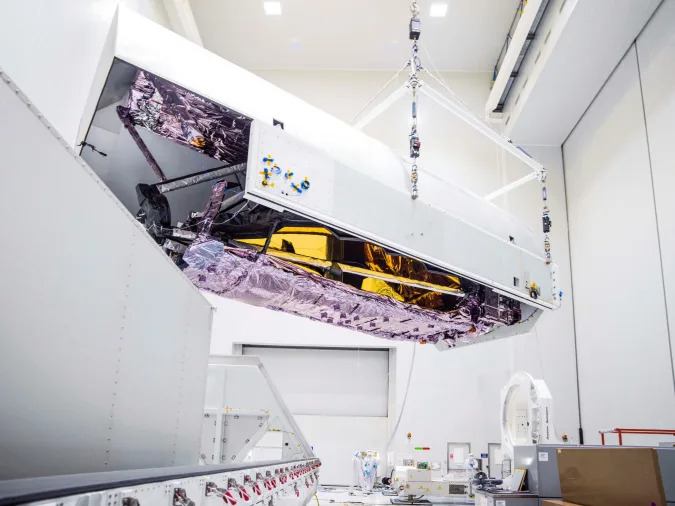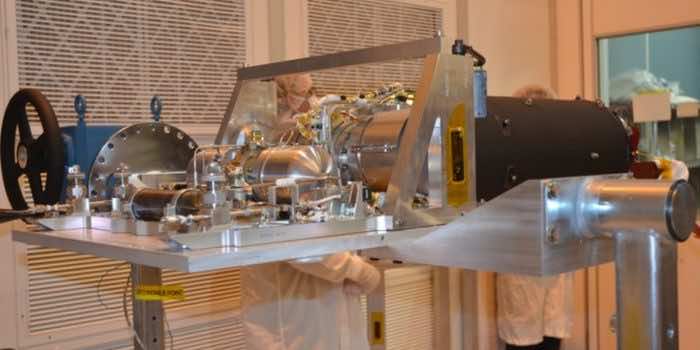On Wednesday, NASA stated that it was ready to start taking test images and aligning the optics of the JWST after the telescope’s instrumentation reached its final operating temperature of minus 448 degrees Fahrenheit (or minus 267 degrees Celsius) last week.
The JWST has been undergoing the process of cooling since its launch on December 25. Its sunshield allowed JWST’s systems, including its critical Mid-Infrared Instrument (MIRI), to drop to a temperature of approximately minus 298 degrees Fahrenheit (or about minus 183 degrees Celsius).
Getting the JWST to its final operating temperature required NASA and the European Space Agency to activate the telescope’s electric “cryocooler.” That involved passing a technical hurdle called the “pinch point,” or the stage at which the James Webb’s instruments went from minus 433 degrees Fahrenheit to minus 448 Fahrenheit.
“The MIRI cooler team has poured a lot of hard work into developing the procedure for the pinch point,” said Analyn Schneider, MIRI project manager for NASA’s Jet Propulsion Laboratory. “The team was both excited and nervous going into the critical activity. In the end, it was a textbook execution of the procedure, and the cooler performance is even better than expected.”

The telescope must be cooled enough so it can carry out the mission of its electronics generating the least amount of infrared light possible, so they don’t interfere with its instruments when astronomers turn them toward distant cosmic bodies. Moreover, a cold temperature is required to avoid something called “dark current,” which is an electrical force that’s generated when the atoms in the telescope’s detectors vibrate. That movement can create misleading signals that make it more difficult for the telescope to get an accurate picture of a celestial body.


